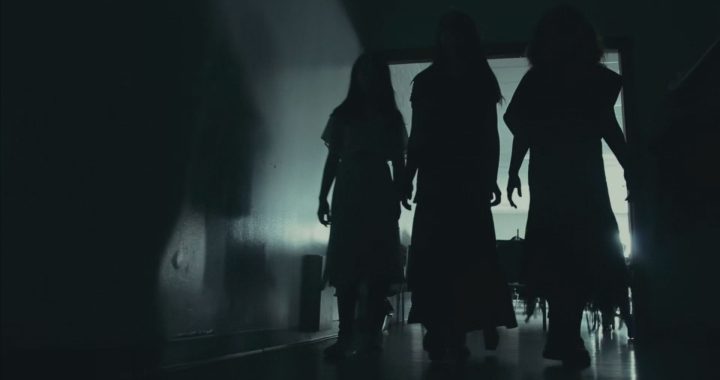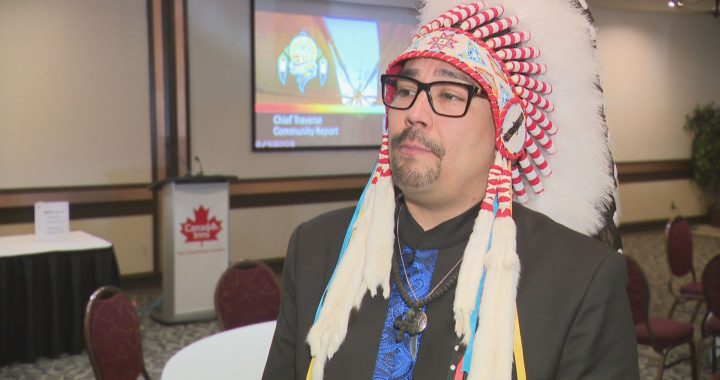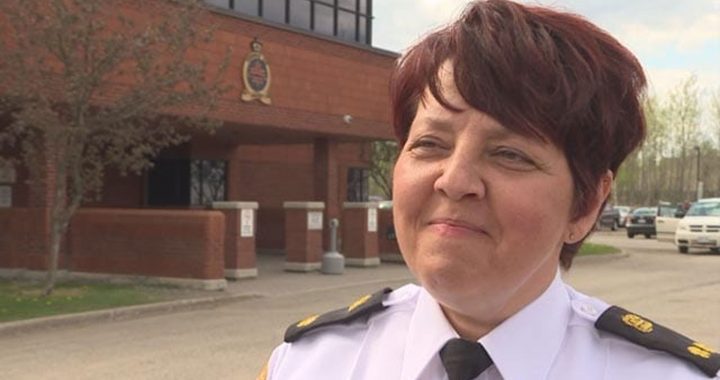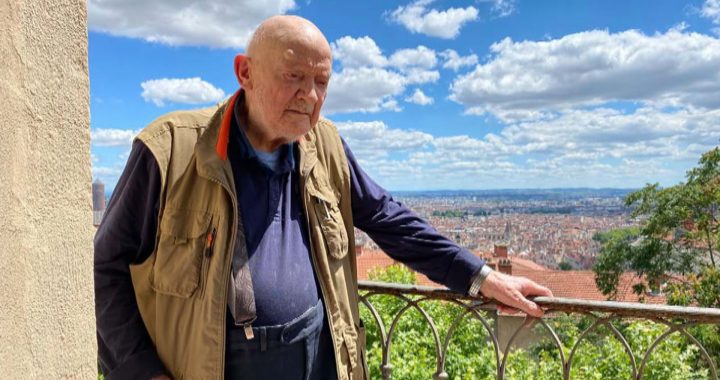On Indigenous Veteran’s Day the Canadian Armed Forces and the Canadian War Museum honored Pte. Philip Favel with the unveiling of a portrait for his service during the Second World War.
The ceremony honouring the veteran took place in the tank room of the War Museum in Ottawa and in attendance were chiefs, politicians and military officials.
Favel enlisted in the army in 1942 at the age of 19 and went from his home community of Sweetgrass First Nation in Saskatchewan to Halifax for boot camp. He was shipped to Europe and then sent to Juno beach on June 6, 1944 for the invasion.
In a video presented at the ceremony, Favel recalls that day.
“We landed in about four or five feet of water. We couldn’t run backward, we had to go forward to meet whatever the Germans had,” Favel said.
Favel was to attend the ceremony remotely from his home on the Sweetgrass First Nation but fell ill and was taken to the hospital.
According to a museum spokesperson, Favel checked himself out of the hospital and went home to watch the presentation saying he wasn’t going to miss it for anything.
Favel was released by the military on November 21, 1945. Upon returning from the war Favel, like many Indigenous veterans, was not met with the same gratitude as non-Indigenous veterans.
This was a point made by Assembly of First Nations National Chief Perry Bellegarde at the ceremony. The national chief said, because of treaty promises, First Nations people were free from military conscription but many like Favel volunteered.
“And they were equals over there in world war one, world war two, Korea, Vietnam. Equals,” Bellegarde explained. “But when they came back we say they became ‘Indians’ again.”
In what he called a “grave injustice” Bellegarde told how Indigenous veterans were sent to Indian Affairs rather than to Veteran’s Affairs for their benefits and were not granted the same housing and training benefits that non-Indigenous veterans were given.
Once returning home Favel was, and has remained to this day, an advocate fighting for the rights of Indigenous veterans.
Favel’s granddaughter, Nadine Favel, was on hand to unveil the portrait. She said she’s proud of her grandfather for the person he is.
“Ever since he came back from the war he’s always had this fight in him and that’s what he’s done all his life.” Nadine Favel said. “He’s tried to speak up for the veterans because they weren’t given the same rights as the other veterans were and to this day they still don’t.”
Philip Favel served as a driver bringing ammunitions and gas to the front lines. Among his many commendations Favel earned the French Legion of Honor Medal for helping injured solders and taking care of two children he found on the side of the road begging for food.
Veteran James Eagle also attended the ceremony and was part of the portrait project since the beginning. He said as a veteran he is glad to finally see them getting the recognition and honour they are due. He hopes the process will continue and not stop with the one gesture.
“When I’m still standing, I will always do things I feel is right without interference from anyone because I’m not gonna give up myself,” Eagle said ending with “gawee ni boonidoosi,” Ojibway for not giving up.
Three copies of the portrait were commissioned. One of which will be presented to Favel in the near future and the original will hang in the War Museum in what is seen as an act of reconciliation honouring all Indigenous veterans.
Correction: We originally reported that Eagle’s statement “gawee ni boonidoosi” was said in Cree. It was in the Ojibway language. We apologize for the error.









